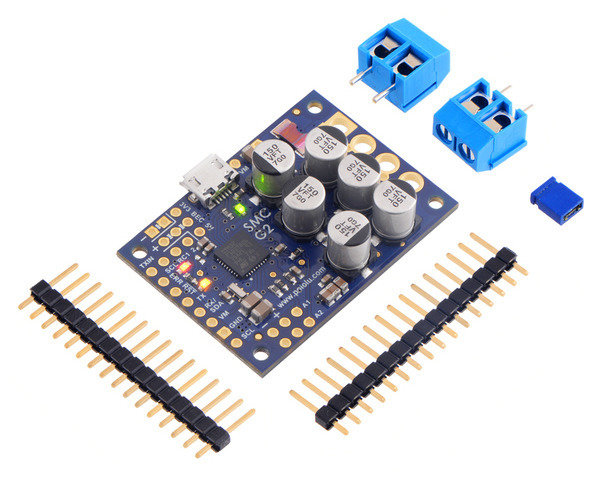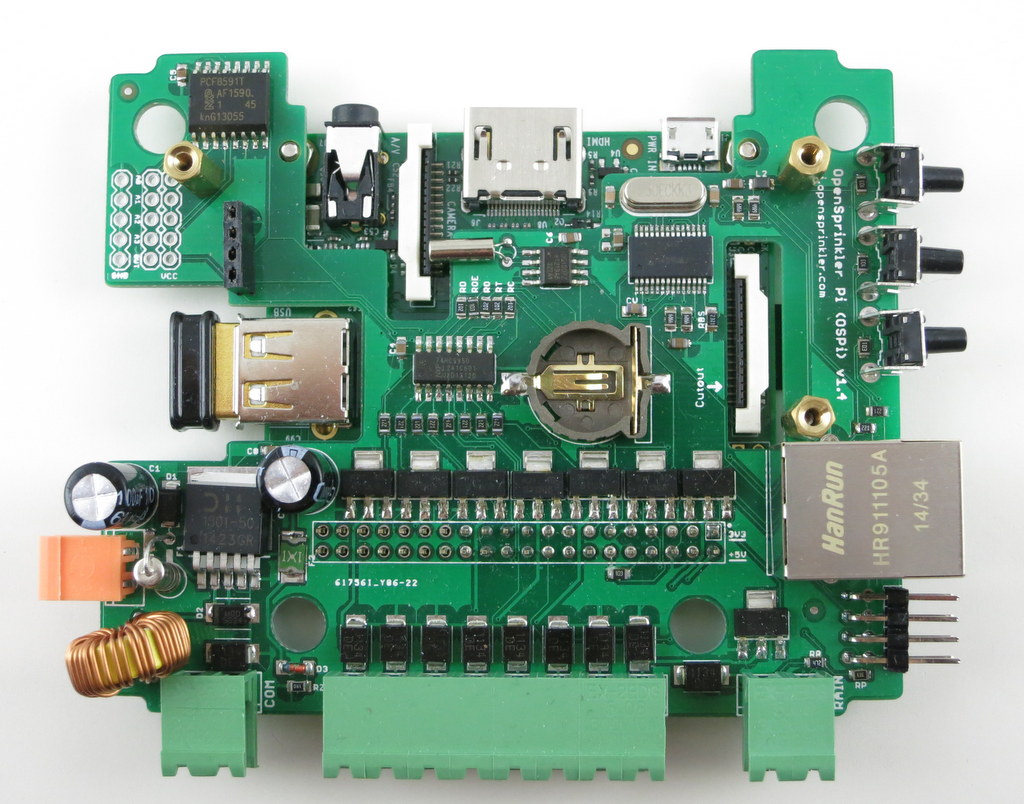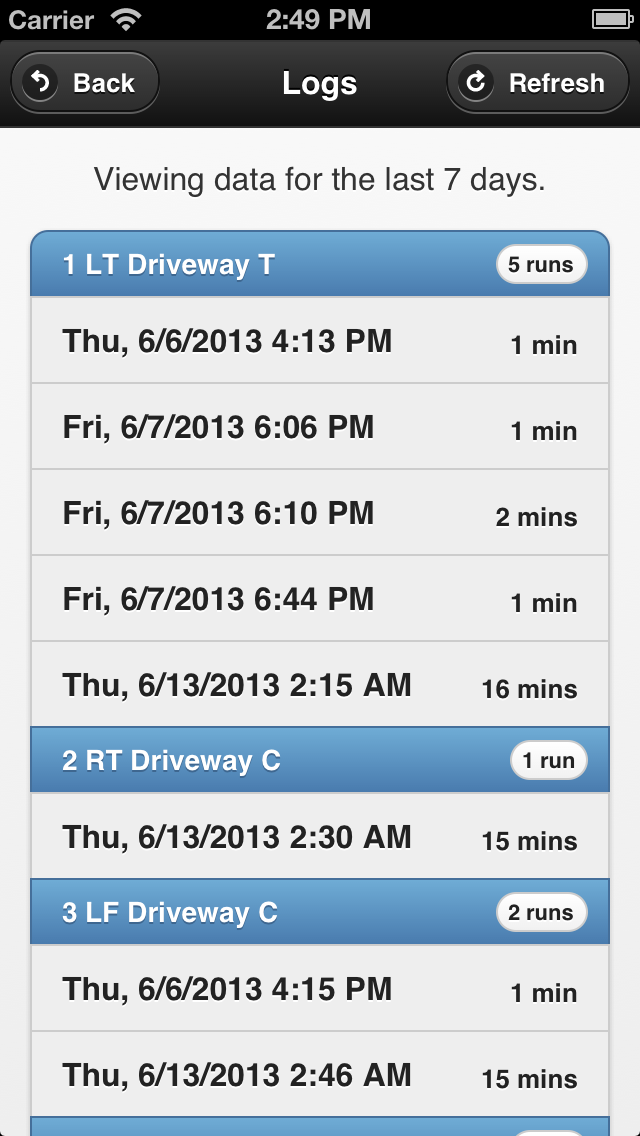
The scripts are all local and MUCH faster than accessing from the US (we are in Australia). The server logs all changes made along with the username of the person doing it (from the http authentication).

There is a bit of work to be done after this in the javascript to make sure that the server is kept in the loop but after that it works a treat. It takes any references to the address and rewrites them to it’s own address and adds the address of the OpenSprinkler in where it should before handing this back to the browser. What I do is have a php script that runs on a server that you access. I’m also working on some Python programs to automatically adjust OpenSprinkler’s schedule based on weather conditions.Īctually you can change the location that you get the javascript from without reprogramming the the OpenSprinkler. As soon as I do that, I would be willing to share the image file for the SD card so anyone who wants to add a Raspberry pi to their OpenSprinkler system could do it with minimum hassle. My next step will be to get David Gustavson’s logging scripts working on the PI. Then I tried to access OpenSprinkler’s web interface and it worked the first time!!! Once the updated firmware was installed on OpenSprinkler, I connected the Pi and OpenSprinkler to my home network and fired them up. That was easy but compiling and uploading the modified firmware to OpenSprinkler turned out to be a project in it self but that’s a story for another day. Then It was only a matter of changing one line of the firmware to point to the PI. then I put the Icons and JavaScript files for OpenSprinkler on the Pi after modifying the JS files to point to the PI which I set to a static IP address of 192.168.1.50. I flashed an 8GB SD card with the latest release of the Raspian (Debian) operating system and installed lighttpd which is a light weight and fast web server.

It can provide gigabytes of storage depending on the size of the card.Īs soon as I got the OpenSprinkler kit assembled and working I started setting up an SD card for the Pi to work with it. The Raspberry Pi uses an SD card to hold the operating system, programs, and data files. That is obviously due to the fact that the firmware has pretty well maxed out the memory on the OpenSprinkler. Those JavaScript files in turn fetched icons for the buttons from there also. One of the first things I noticed about the OpenSprinkler software was that it fetched the JavaScript files for the web interface from the rayshobby server. I ordered the DIY kit and while I was waiting for it to arrive I downloaded the software/firmware zip file from github so I could start getting familiar with it.

I felt like I had just won the lottery! OpenSprinkler has everything I needed and more and at a reasonable price. Out of curiosity I Googled “irrigation controllers with Ethernet” since the Pi has an Ethernet interface. The problem was how to interface it with sprinkler valves. I figured the Raspberry Pi could be programmed to automatically adjust an irrigation schedule based on weather/climate data that it could access from the internet. Climate change and a growing population make water conservation vitally important.

One of my greatest interests is gardening with drip irrigation. I’ve been trying out some of its amazing capabilities and thought it might be useful as part of a home automation system. It is often described as a credit card sized computer and costs just $35.00. I got a Raspberry Pi a couple of months ago.


 0 kommentar(er)
0 kommentar(er)
